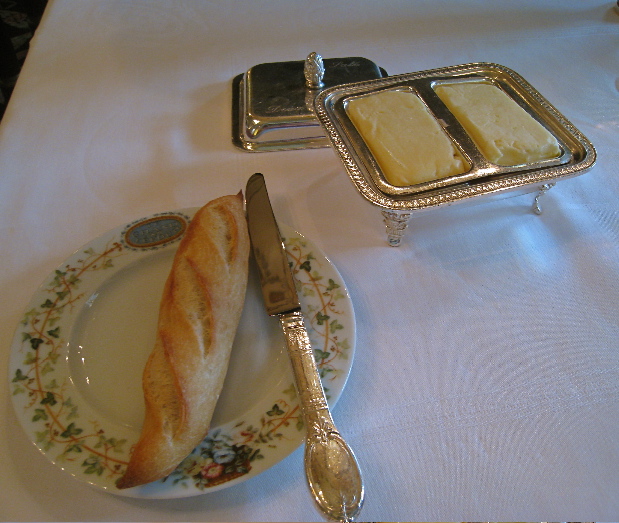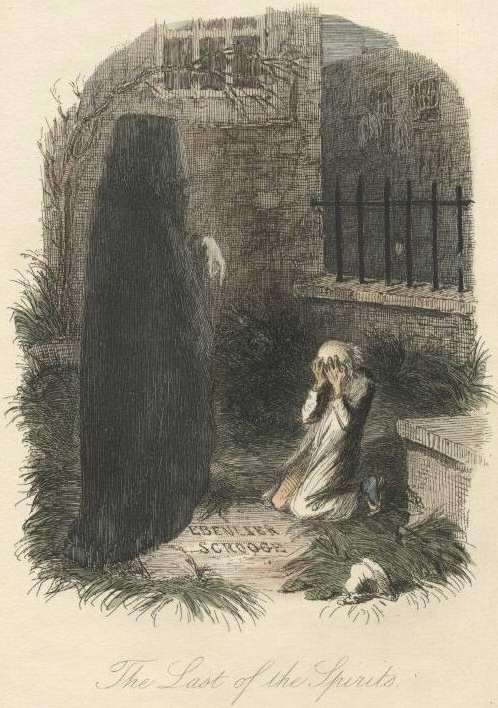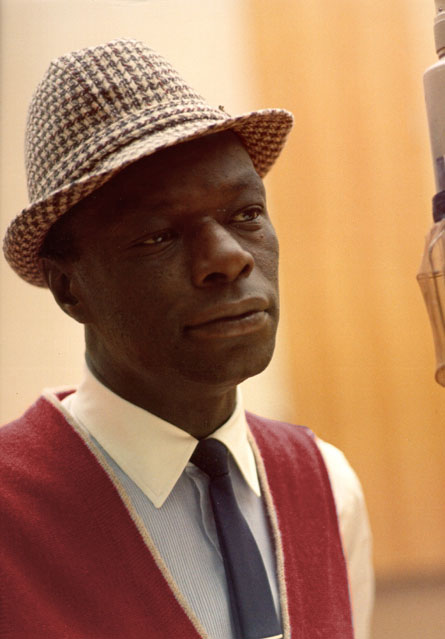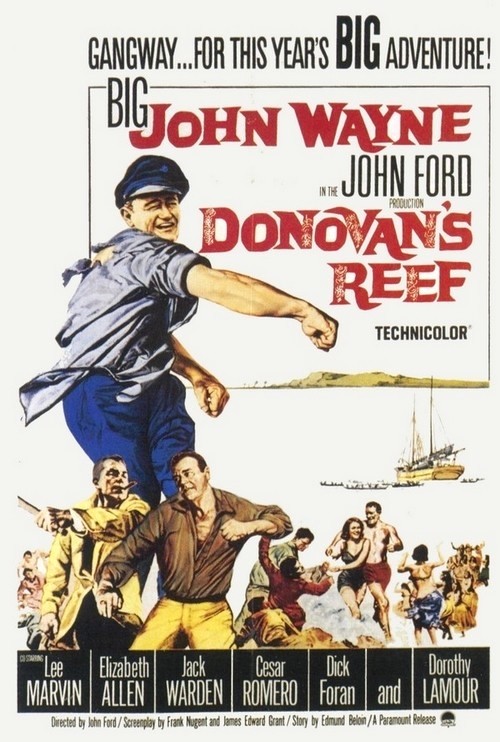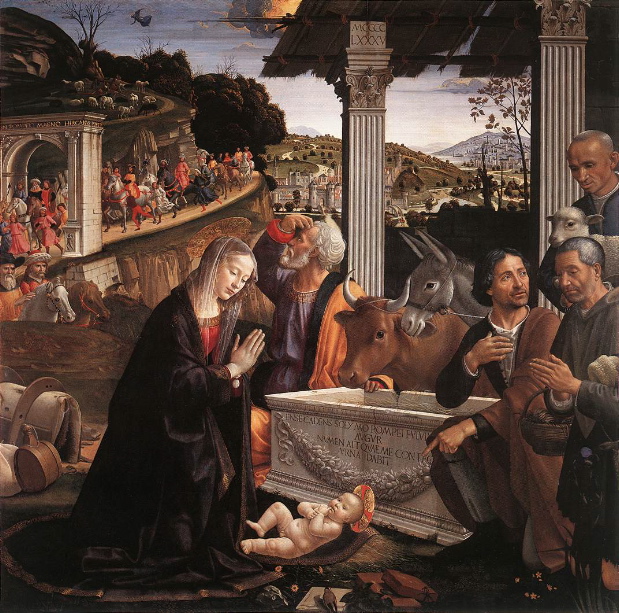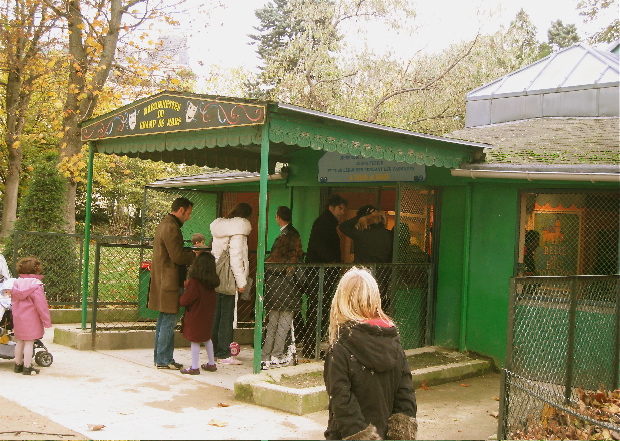
One of my favorite things to do in Paris is hunt down the traditional children’s puppet shows put on in parks. Sometimes they are done out of doors with portable stages, but the more venerable ones have little enclosed theaters of their own.
The shows date from the 18th Century, when a French dentist, Laurent Mourget, adapted a character from the Commedia dell’Arte — Polichinelle, called Punch in England — and cast him as the rambunctious star of short puppet shows, which he used to attract clients. (He pulled teeth for free and made his money selling painkillers after the procedure.) Eventually Polichinelle morphed into Guignol, a poor tradesman with great wit and a strong sense of justice, who was constantly getting the better of those he tangled with.
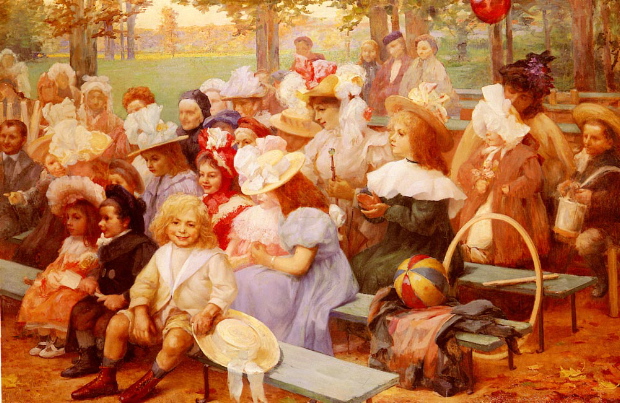
The shows proved more popular than his dental practice, so Laurent devoted himself to them, and they spread to all parts of France. Many of the Guignol companies that survive today can trace their decent back to the dentist and his children, who carried on their father’s work.
Kids still adore them. One of my favorite memories of Paris is a little group of children waiting for an outdoor Guignol performance in a tiny park. They could barely contain their excitement and suddenly began chanting, in high, piping voices, “Le spectacle! Le spectacle!” It’s how we all feel, waiting for a show to start.
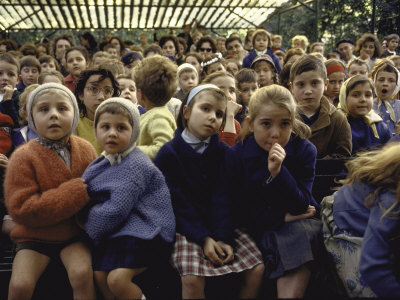
[Photo © Alfred Eisenstadt]
Today, as a special treat for Christmas Eve, Coralie Chappat takes mardecortesbaja readers to a Guignol performance in the Champs de Mars, Paris — revisiting le spectacle for the first time since she was a little girl:
Je n’ai pas revu le petit théâtre de marionnettes depuis mes 6 ou 7 ans. De l’extérieur il me semble intact malgré toutes ces années où je l’ai ignoré. Après avoir passé le guichet de l’entrée, je suis troublée par ce qui se produit en moi. Je ne suis qu’une émotion
d’euphorie ; rien de plus, et rien de moins.
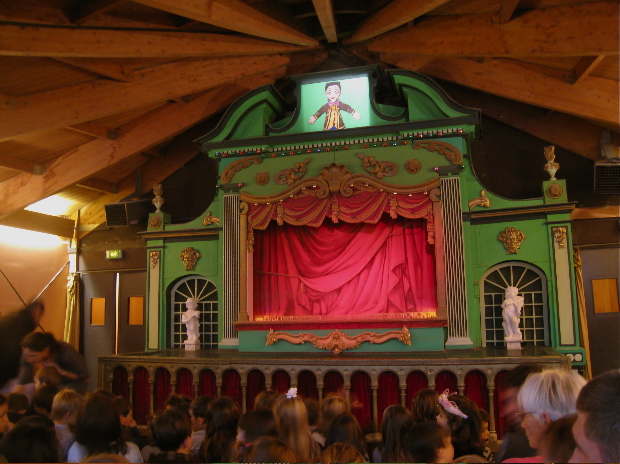
M’asseyant sur un des bancs, face à la scène, je reconnais au sommet du rideau, l’effigie de Guignol, le héros de ma petite enfance. Il n’a pas changé. Moi, non plus. J’ai le sentiment que nous ne nous sommes jamais quittés.
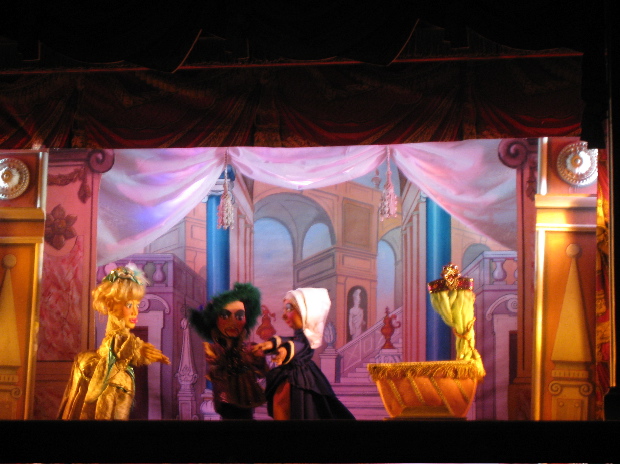
Aujourd’hui se joue “La belle au bois dormant”. Le théâtre a déployé son espace esthétique autonome à la manière d’une petite arche de Noé, embrassant seulement ses passagers. J’attends avec impatience, l’entrée de Guignol sur scène. En choeur nous l’implorons, tandis que le château s’est endormi.
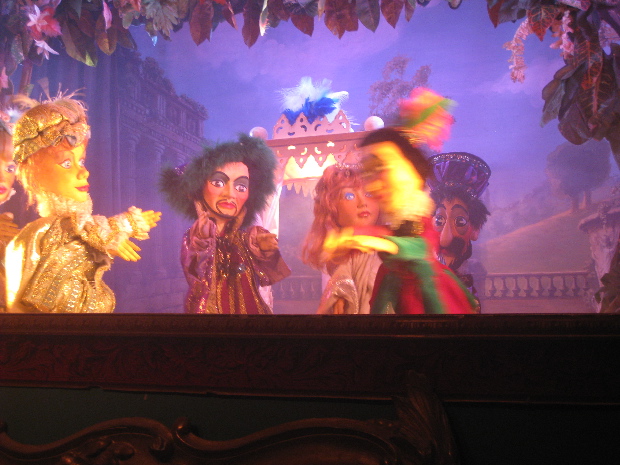
Enfin, Guignol est celui qui conduit le prince au chevet de la Belle. Je suis éblouie par sa présence. Il dégage une noble prestance. Son visage rayonne d’intelligence, de courage et de beauté. Son bel uniforme fait valoir son aristocratie.
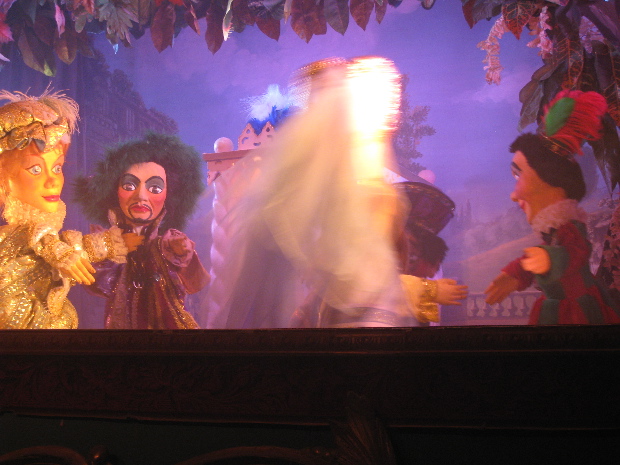
Lorsque le rideau tombe, je reste paisible . . .
Guignol de son immortalité, a fait fi du temps.
[Photos © 2009 Coralie Chappat, except where noted]

